Spider Plants (Chlorophytum comosum), or also known as Ribbon Plants, are one of the easiest indoor plants to maintain and grow.
They are cultivated from baby Spider Plants that were cut from their parent plant or mother plant, which will then grow into mature plants.
However, even though these indoor plants are pretty low-maintenance, beginner growers will experience some problems growing them.
A common problem associated with growing Spider Plants is that they can sometimes become quite leggy plants.
If your Spider Plant is struggling to get enough sunlight, it will begin to search for light and become leggy.
- Related article: Caring for Spider Plants
Let’s take a look at some of the reasons why Spider Plants become leggy, plus some solutions and Spider Plant care to fix the legginess!
1. Excessive Nitrogen
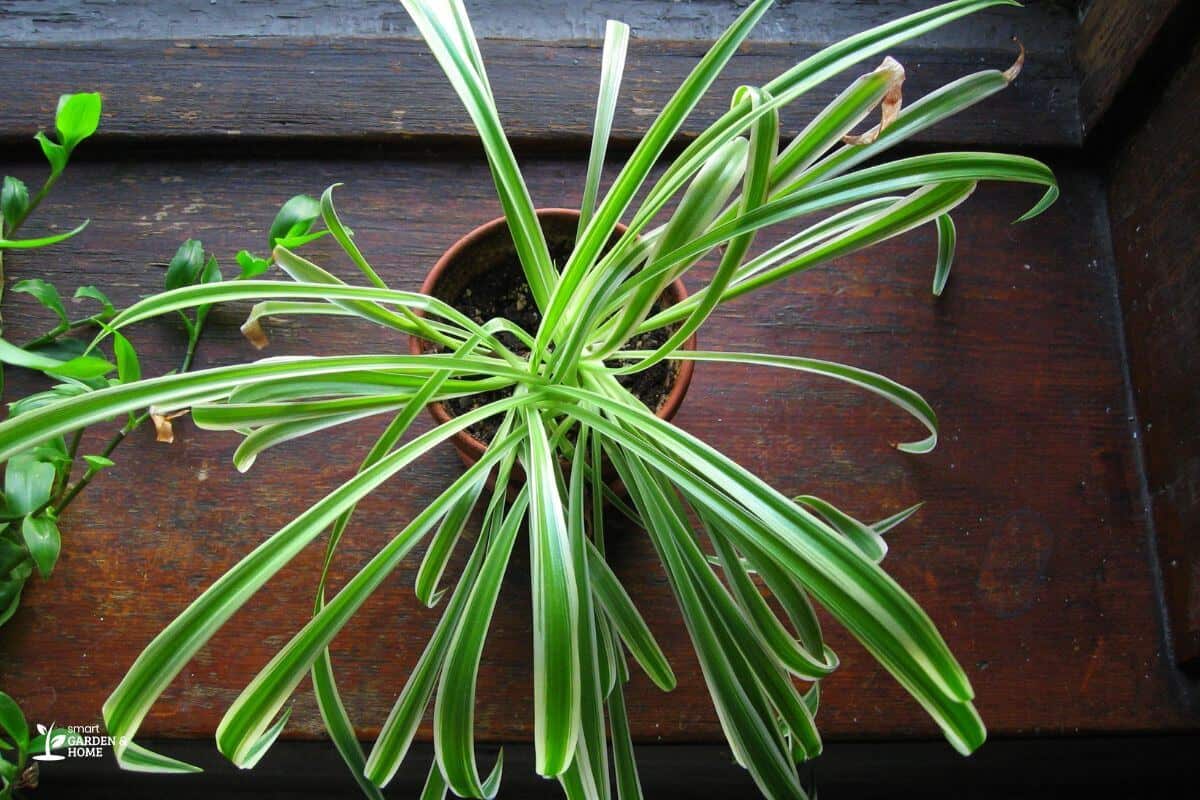
Nitrogen forms part of the three main macronutrients that plants need to grow.
It is a crucial component of amino acids that develop proteins and enzymes. These enzymes assist your plant with absorbing nutrients and water.
Spider Plants require a well-balanced diet of phosphorus, nitrogen, and potassium to grow strong stems with green leaves.
A common mistake that beginner growers are prone to make is using excess fertilizer with high nitrogen content.
Using a high concentration of nitrogen fertilizers, or simply adding excessive amounts of nitrogen to your soil, will promote the rapid growth of your plant’s leaves.
As a consequence, your plants will produce leggy stems that are weak.
The toxicity in nitrogen overdose can easily be fixed by removing any nitrogen from the soil.
There are two methods to remove nitrogen from soil: flushing the plant’s system with clean water or using a flushing agent to water the plants.
Adding a top layer of mulch to your soggy soil will absorb excessive amounts of nitrogen from your soil.
Feeding your Spider Plants a well-balanced, organic fertilizer, like the 15-15-15 liquid fertilizer, will prevent toxic nitrogen buildup in your fresh soil.
2. Overcrowded Space
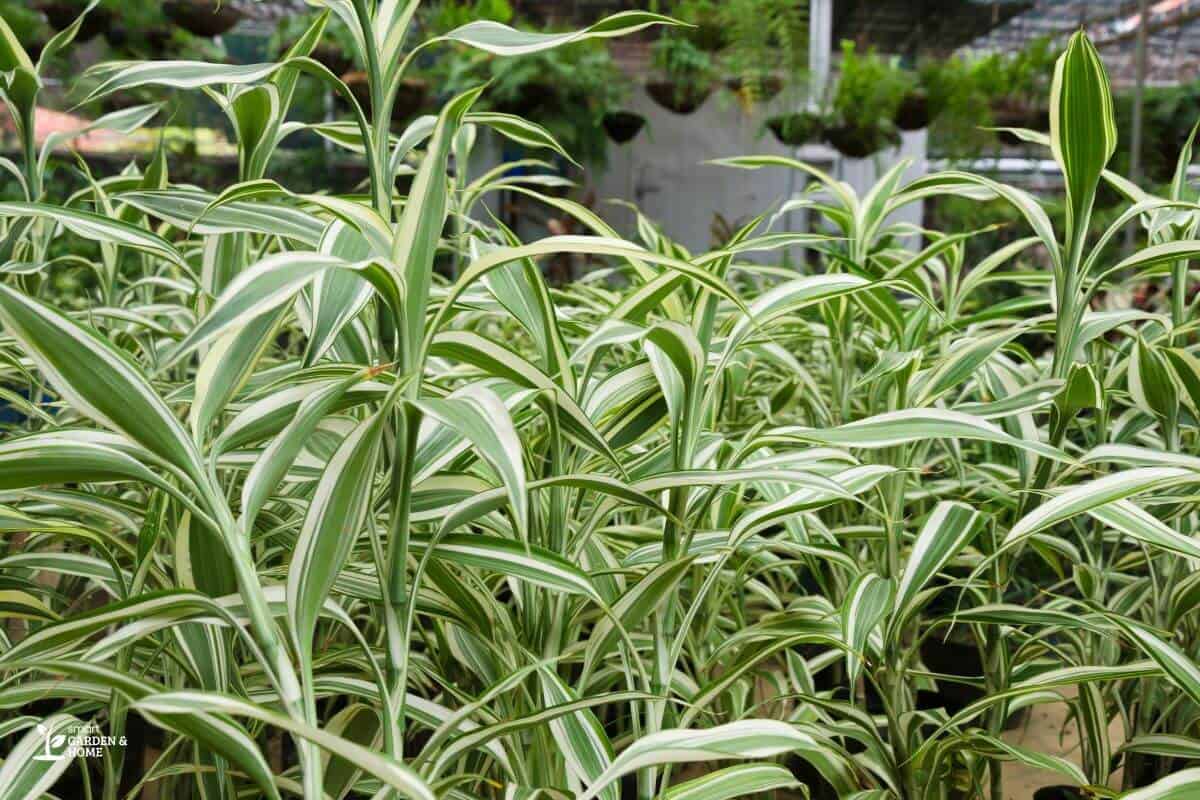
Spider Plants are known to be a fast-growing plant species. Growing a Spider Plant in close proximity to another plant will cause them to compete for the nutrient in the potting soil.
In cases where plants are in competition for soil nutrients, the moist soil may experience a shortage of available nutrients for plants.
A lack of nutrients in the indoor soil mix will affect the growth of your plants, causing limp leaves and floppy and lanky stems.
You can easily solve this problem by removing any nearby plants away from your Spider Plant.
Make sure that there is enough space for your Spider Plant to freely spread its robust root system.
3. Insufficient Indirect Light
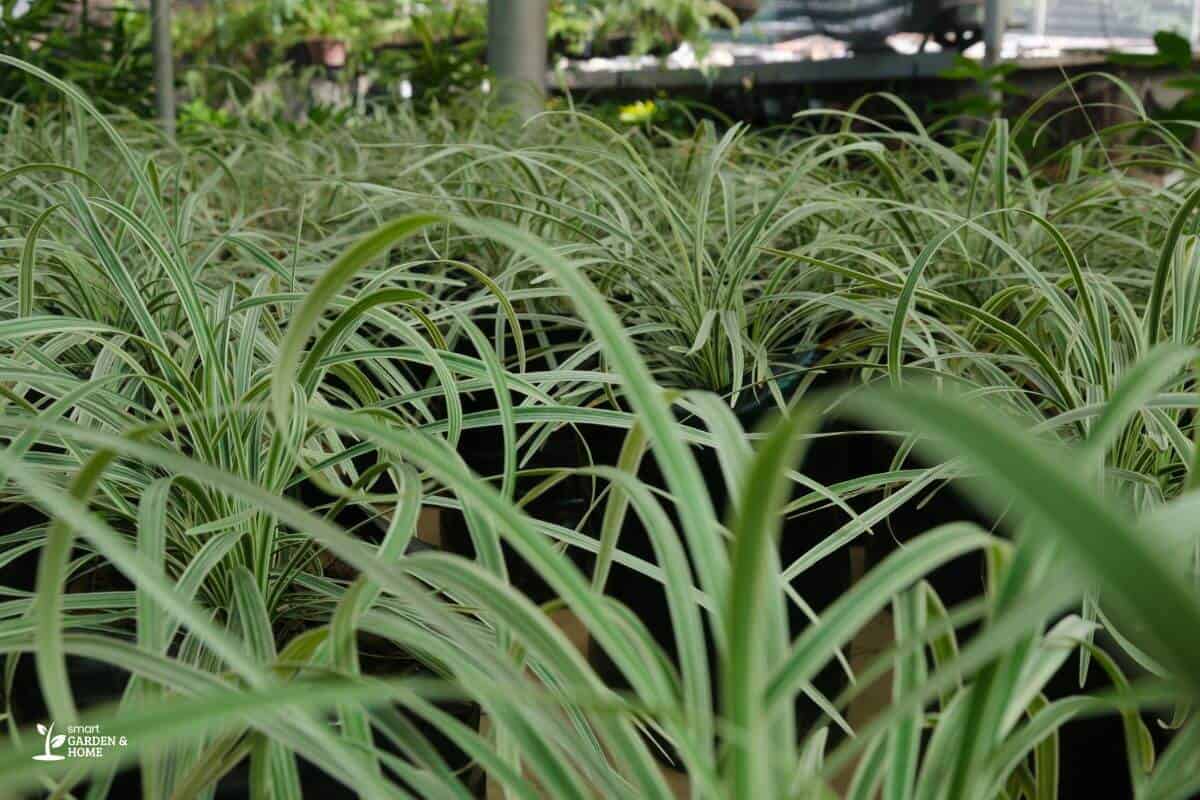
If you are noticing that your Spider Plant is starting to stretch out its leaves and has become taller, it’s due to a lack of light.
Spider Plants need 4-6 hours of indirect sunlight per day, and low levels of light conditions could cause them to become leggy in search of bright light.
The leggy leaves on your Spider Plant will need to be trimmed back, to promote the regrowth of new leaves.
If your plant has some new leaves sprouting, removing the spindly surrounding leaves will make it easier for them to absorb light.
Place your Spider Plant in a bright spot around your home or office, or near an east- or west-facing window box, to not expose your plant to excessive direct light.
Spider Plants are sensitive to direct sunlight but can tolerate a few hours of sunlight in the morning.
4. Change In Season
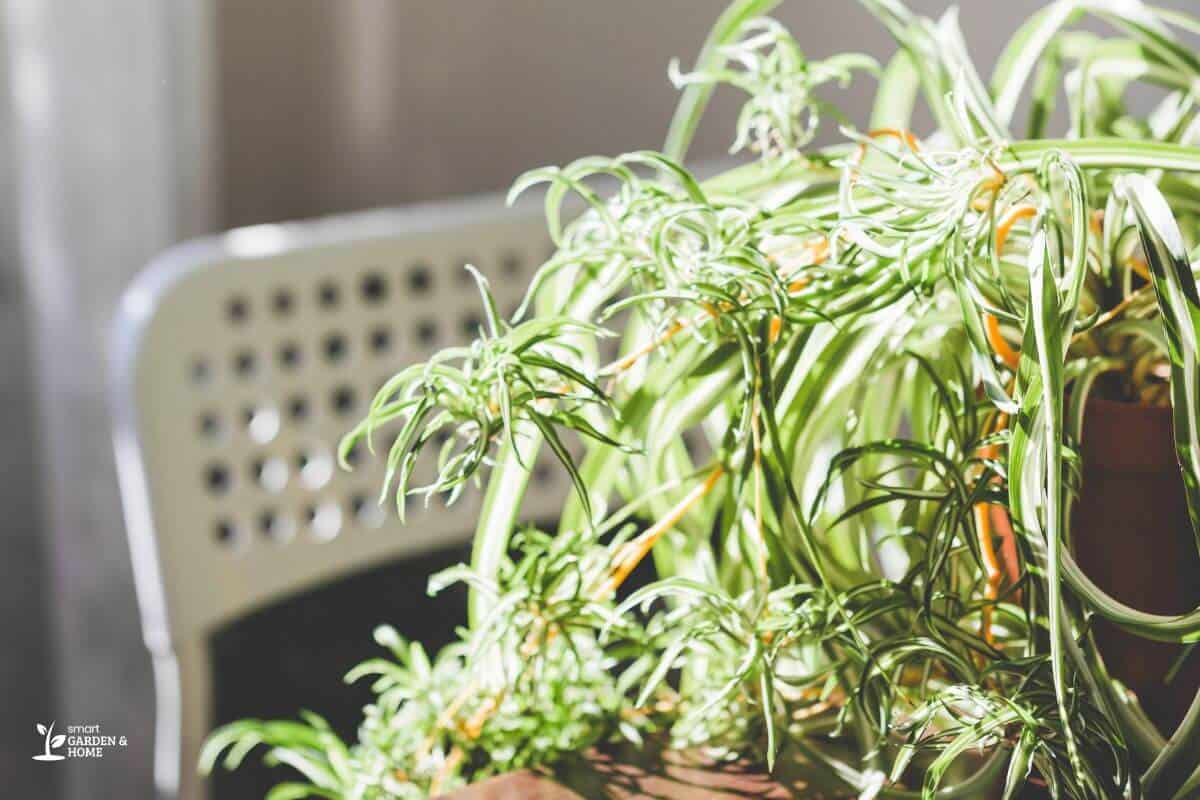
Spider Plants will become dormant in the cooler winter months and won’t have as much leaf growth.
When the seasons begin to transcend from the colder winter and fall period into spring, Spider Plants begin to awaken from their slumber and enter their growing season.
The growing season provides the perfect conditions for your Spider Plants to thrive and regrow their leaves.
As your Spider Plant focuses its energy on growing their leaves, it causes your plant to grow flimsy and weak stems.
When your Spider Plant enters its regrowth period, its leaves will need to be trimmed with sharp pruners on a regular basis.
Regular pruning Spider Plant excess leaves will ensure that it remains neat and will prevent your plant from becoming leggy.
5. Insufficient Fertilizer
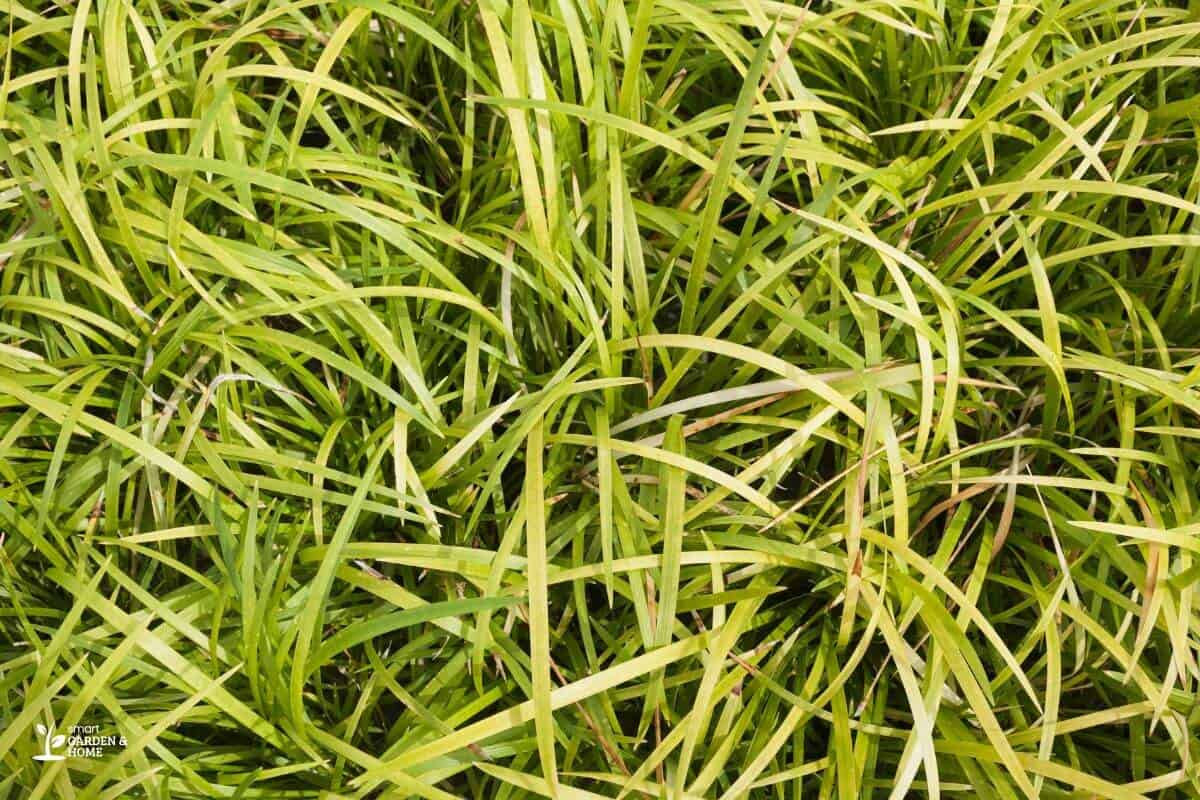
Your Spider Plants will feed on the nutrients in your soil. Over a period of time, the nutrients in your soil are exhausted and need to be topped up with fertilizer.
Putting well-balanced fertilizer for Spider Plants in the soil is important to receive the necessary nutrients for healthy growth.
Neglecting this can result in scrawny and leggy leaves due to nutrient deficiencies.
The frequency of adding houseplant fertilizer to soil varies depending on the type of fertilizer used but typically ranges from once to twice a month.
Spider Plants will consume less nutrients during the winter and require less regular fertilizer.
Solving the problem can be done by regularly adding nutrients into the soil. Following a feeding guide for Spider Plants will ensure that your plants grow strong and healthy leaves.
Final Thoughts on Leggy Spider Plants
Spider Plants require the proper care and attention to prevent them from becoming leggy or having elongated, thin, and sparse leaves.
The primary causes of leggy Spider Plants are improper lighting, root rot from watering, and fertilization.
To avoid leggy and droopy Spider Plants, make sure to keep them in a spot with bright, indirect sunlight, water them only when the soil is dry to the touch, and fertilize them correctly.
By following these tips, you can ensure that you will grow healthy Spider Plants that are full-bodied, adding vibrant greenery to your indoor garden!
Check out these interesting reads to know more information about Spider Plants:
- Spider Plant Common Problems
- Spider Plant Black Bugs
- Are Spiders Attracted to Spider Plants
- I Overwatered My Spider Plant
- Spider Plant Pale Leaves
Sources:

